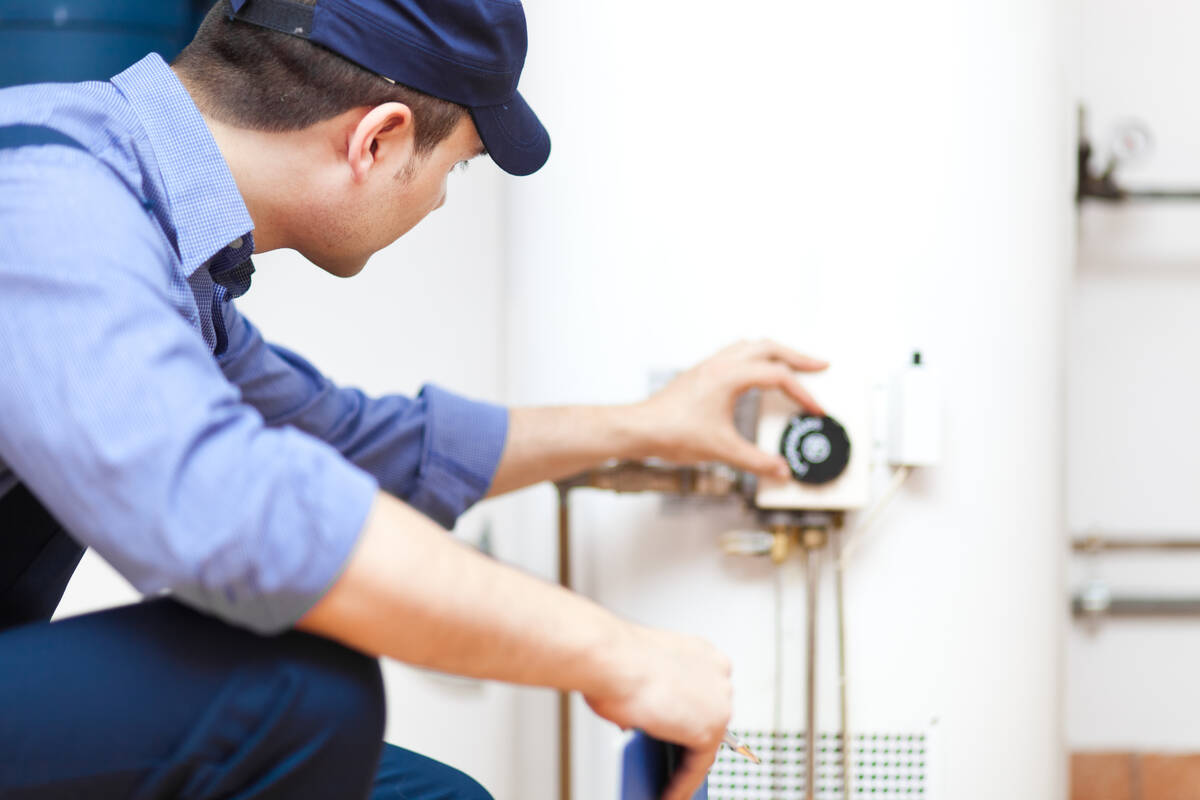Several possible reasons recirculating pump not working
Q: I installed a water heater recently, and the installation went great. However, it takes a long time for the hot water to reach my faucets. Prior to my new water heater, my recirculating pump worked fine and I got hot water quickly. What can I do?
A: There are several possible reasons for your problem. Recirculating pumps need electricity to run, and so it may be as easy as plugging the unit back in or testing the outlet for power. If there is no power at the outlet, a GFI outlet or a breaker may have tripped. If this is the case, you can reset whichever has tripped and you are back in business.
You also may need to reset the timer on the pump. Some pumps have a built-in timer and so you may need to adjust the time on it (it may now be running when you are asleep and may be off when you are awake and demanding hot water). Generally, when the pump is running, it will have a slight hum to it, and it will be very warm.
If these easy fixes don’t work, you may have air in the pump that needs to be bled out of it. The air in the pump creates back pressure that won’t allow the hot-water loop to operate properly. The good news is that you can add a valve to the piping that will allow you to get rid of any air in the line.
Adding a bleed valve requires that you intercept the return line in-between the pump and the water heater. You will need to cut the return line and sweat in a copper “T.”
To the top of the “T” you will install the bleed valve, which is nothing more than a glorified hose bib. After the valve, you will install a shut-off ball valve. This combination allows you to divert the water from going back into the water heater and have it exit out of the valve along with any air.
There won’t be a lot of room in between the pump and the water heater, so the quarters will be a bit cramped. You will need to turn off the water and relieve the pressure before you cut the pipe. Slip in the “T,” sweat in a ball valve and then continue the line back to the water heater.
Once everything is soldered into place, turn the water back on and check for leaks. Assuming everything is watertight, screw a garden hose onto your bleed valve and run it outside (ideally to a cleanout). Shut off the ball valve and open the bleed valve to divert the water out of the hose.
Turn on the pump and let it run for a minute, then open the ball valve and shut off the bleed valve. This should purge the air and give you back your hot water quickly.
Mike Klimek is a licensed contractor and owner of Las Vegas Handyman. Questions may be sent by email to handymanoflasvegas@msn.com. Or, mail to 4710 W. Dewey Drive, No. 100, Las Vegas, NV 89118. His web address is www.handymanoflasvegas.com.
Do-it-yourself
Project: Bleed a recirculating pump
Cost: Under $20
Time: 1-2 hours
Difficulty: ★★★





























